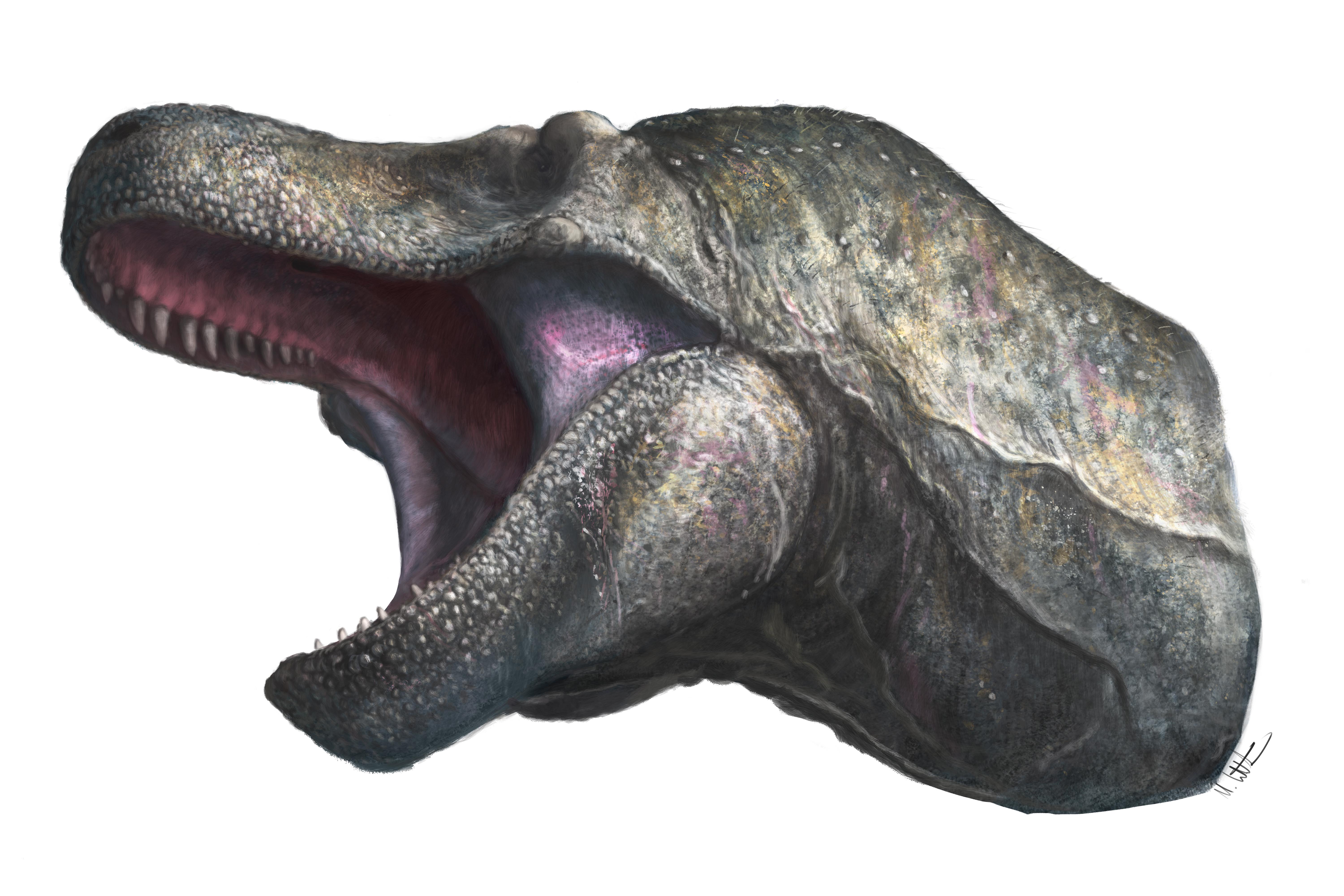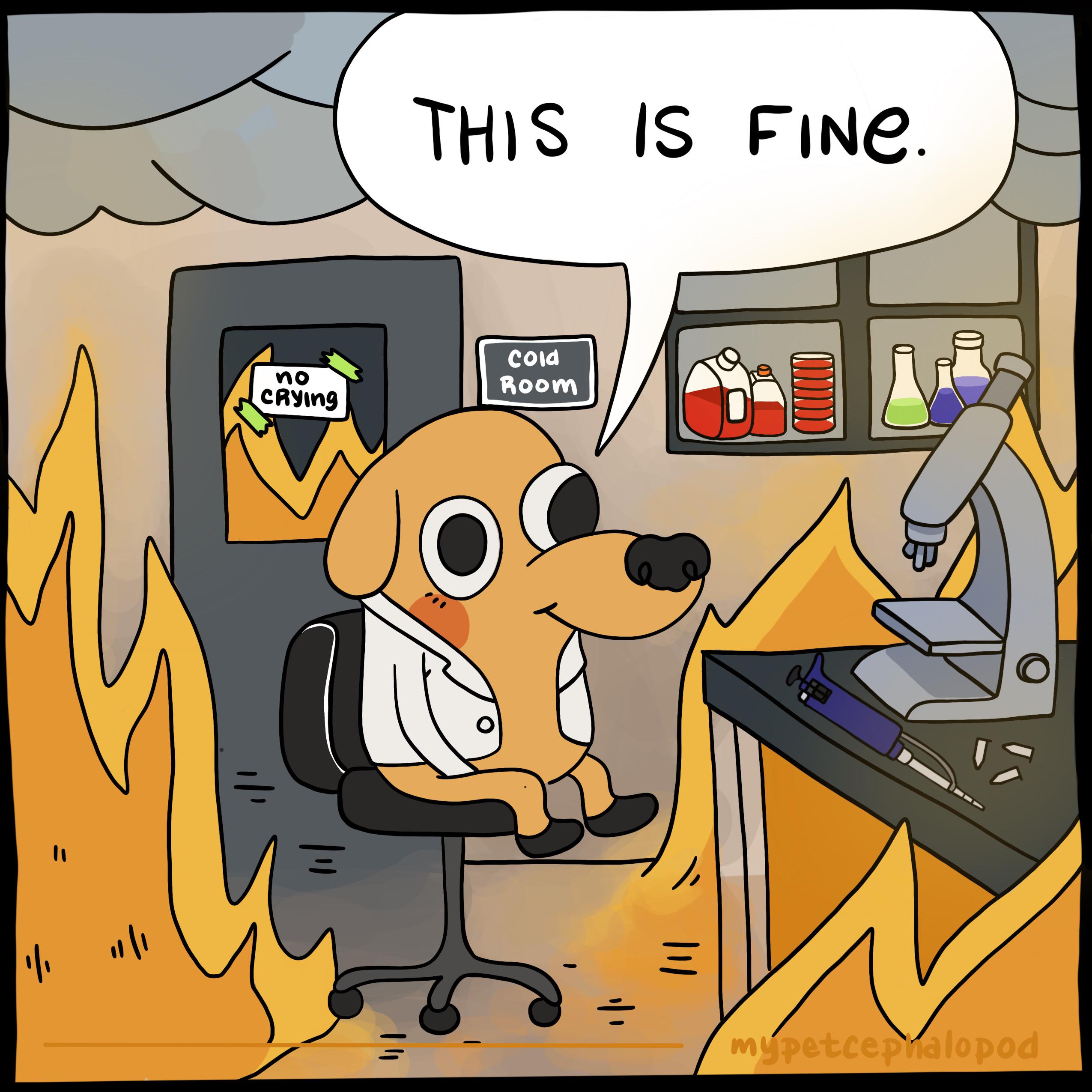- cross-posted to:
- funny@sh.itjust.works
- cross-posted to:
- funny@sh.itjust.works
cross-posted from: https://lemmy.world/post/27837871
The artist’s impression would more accurately convey the danger of hippos though.
i was gonna say. that’s who a hippo is even if that’s not what a hippo is

Phat lizards
Jurathicc park.
T-Rex probably had lips

T-rex was probably a chonky feathered birb.
Like this?

Yes. How fucking embarrassing would it be for the first artist to set the standard of the t-rex as this intimidating best only for into look like a phat chicken…
To be fair it’s a chicken which is 12 meters tall, if you’ve ever seen chickens killing and eating bugs it seems cute but if they were that big they would not be cute at all, it would be terrifying. Little birds are only cute and unintimidating because they’re small.
If you put a tail on chicken it walks like a dinosaur
I am aware. I am just saying it’s appearance is something else.
Great-great-great-great-great-grandmother chicken.
And most probably females would be bigger than males and hold territories.
the irony of it all is that t-rex specifically seems to have been naked, and i mean naked as in it literally just had a bunch of regular skin like a plucked bird.
I think the same thing whenever I watch my hens go out hunting.
The most terrifying is watching them jump on top of a 5ft fence from the ground. Scale that up to T-Rex size. Fucking nightmare fuel.
Square-cube law got your back
Funnily enough jump height doesn’t scale proportionally to body size and the big t-rex would probably still just be able to jump like 5ft
Kissable.
Smash. Next question.
And feathers… and feathered wings on its tiny arms…
Hippos are pretty metal though.
Skeletor is the archetypical Man, and I will fight you on this.
Nyahahahahahah
You would love “All Yesterdays” (https://en.m.wikipedia.org/wiki/All_Yesterdays)
Scrolled down to make sure someone had mentioned this! Fantastic and professional spotlight on the potential follies and pitfalls of paleontological art. And if you want to do some Lovecraft-level psychic damage to yourself, the same artist from that book has a “speculative evolution” sci fi art book called All Tomorrows in which they envision the multifarious biological forms that humans are forcibly evolved into by a malicious alien race 1 billion years from now. If you’ve ever read those Scary Stories books by Alvin Schwartz and felt uneasy seeing Stephen Gammell’s illustrations, C.M. Kosemen’s sketches conjure a similar same vibe.
I think that many of the people who do depictions of prehistoric creatures lack imagination so they do the bare minimum they possibly could to “imagine” the skeleton as a living creature. Imagination is absolutely required to get a good depiction of them that looks lifelike and not creepy and unrealistic.
I mean if i had never seen a hippo before i would argue that the artists depiction looks more realistic than the actual hippo does. Theyre freaky cartoonish looking things that don’t really loon like any other animals, certainly not one of the most dangerous animals in existence.
Any which way they go with it would be a guess based on limited information. They’re most likely going to be wrong, and if they were exactly right, we wouldn’t know it.
Honestly they should probably do like 2-3 potential pictures side by side so readers are aware of the uncertainty.
That’s a good idea, have several different interpretations.
Of course it’ll be wrong, my point is to try making it look more like a living thing than a living skeleton. When comparing skin wrapped designs to living creatures (even mythical ones) they just look wrong. Most creatures don’t look shrink wrapped. Really imagining what prehistoric animals is more art than science, you use science to try and know roughly what they looked like but that’ll only get you so far, you need to use imagination or creativity.
I mean we can create depictions of mythical animals that have never lived and will never live, why not use some of that skill to try and depict prehistoric creatures in a way that’s more life-like, because the shrink wrap technique isn’t more accurate, it’s lazy, not believable, and also aesthetically unappealing.
Shrink wrap was the most accurate at the time, especially accounting for reptiles, which were the original inspiration for said technique.
And since most soft tissue doesn’t fossilize, they were doing the best they could with the tools they had.
And while they were often wrong, I would like to see you try to guess what the animals looked like, based on skull alone, and compare your accuracy against the people you’re calling lazy, probably from the comfort of your own toilet.






